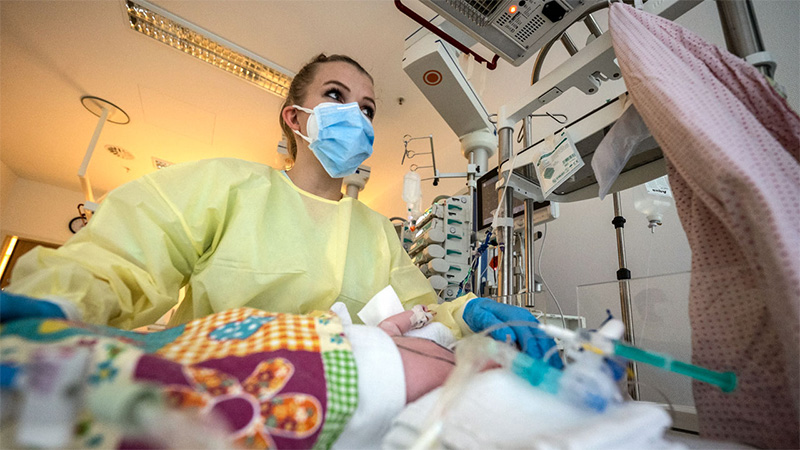
Leave message
Can’t find what you’re looking for?
Fill out this form to inquire about our custom protein services!
Inquire about our Custom Services >>

































 Limited Edition Golden Llama is here! Check out how you can get one.
Limited Edition Golden Llama is here! Check out how you can get one.  Limited Edition Golden Llama is here! Check out how you can get one.
Limited Edition Golden Llama is here! Check out how you can get one.
 Offering SPR-BLI Services - Proteins provided for free!
Offering SPR-BLI Services - Proteins provided for free!  Get your ComboX free sample to test now!
Get your ComboX free sample to test now!
 Time Limited Offer: Welcome Gift for New Customers !
Time Limited Offer: Welcome Gift for New Customers !  Shipping Price Reduction for EU Regions
Shipping Price Reduction for EU Regions

Last month, Science has published the ten biggest scientific breakthroughs in 2022. The positive progress of respiratory syncytial virus (RSV) vaccines was one of them because the extremely bumpy research and development journey seems to be near the finish line finally.
Respiratory syncytial virus (RSV), also called human respiratory syncytial virus (hRSV), is a common respiratory viral infection that causes mild, cold-like symptoms. However, ections in at-risk populations such as infants, elderly, and the immunocompromised, lead to more severe infections such as bronchiolitis or pneumonia. As such, RSV is a major contributor to infant mortality, leading to approximately 50,000 deaths of children under 5 per year. A key contributing factor to this immense disease burden is due to the limited prevention and treatment options available. Currently, several antibody drugs, such as palivizumab, have been developed combat RSV infection. However, it is restricted to prophylaxis use in high-risk neonates. This limitation is a direct result from the low neutralizing potency of the developed RSV antibody, therefore requiring multiple, high-dose administrations. Similarly, vaccine development has also been unsuccessful, with no vaccines reaching market approval.

Scientists subsequently figured out the key reason: the surface protein of the inactivated virus used in the vaccines, fusion (F) glycoprotein, changes its shape after it docks onto a cellular receptor and the virus fuses with the cell, establishing an infection. In addition, the vaccine with post-fusion protein can only elicit relatively weak antibodies, which failed to stop the virus. Further research by Barney Graham determined that locking the protein into its pre-fusion state for vaccination can induce higher levels of potent antibodies.
Stemming from the discovery of the pre-fusion form, vaccine and antibody drug research has been focused on targeting sites that conformation specific, highlighting the increased efficacy of antibodies generated against the pre-fusion form. Thus, protein structure analytical methods are crucial towards confirming RSV F protein conformation throughout vaccine development and assessment.
Aiming to fully support RSV vaccines research and evaluation, an application note was made by ACROBiosystems to explore protocols and technical considerations for identifying conformational changes in the RSV protein to help ensure proteins are structurally accurate.
This web search service is supported by Google Inc.








